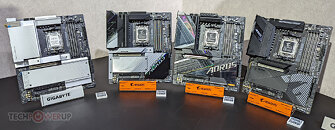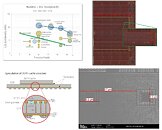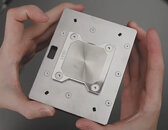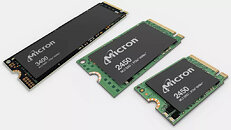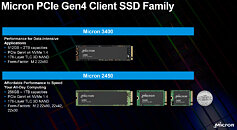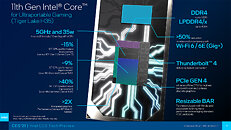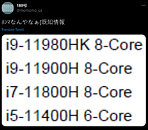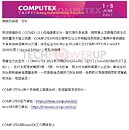
ASRock Reveals More Details About its Range of X670E Motherboards
Although there was a leak with a partial picture of the ASRock X670E Taichi board just days before Computex 2022 kicked off, it was hard to draw any real conclusions from it. The company has revealed more details about it, alongside the X670E Taichi Carrara, X670E Steel Legend and the X670E Pro RS. Let's start with the plain X670E Taichi, since this was the board that leaked. As is obvious now, the board doesn't feature a fan on the chipset heatsink, but rather a set of cogs, something we've seen before from ASRock. The board has very limited expansion options when it comes to PCIe slots, with a pair of x16 slots, which are sharing the 16 PCIe 5.0 lanes from the CPU and that's it. ASRock has gone for four M.2 slots, of which one is PCIe 5.0, most likely the one next to the memory slots. Interestingly, ASRock has kitted out the X670E Taichi with Thunderbolt 4, which means we're looking at an Intel chip here and there should also be support for USB4 and the two ports are located around the back of the board.













